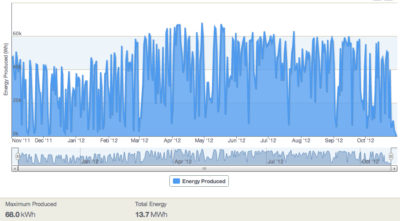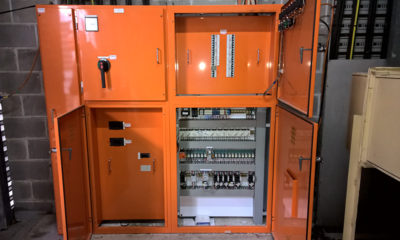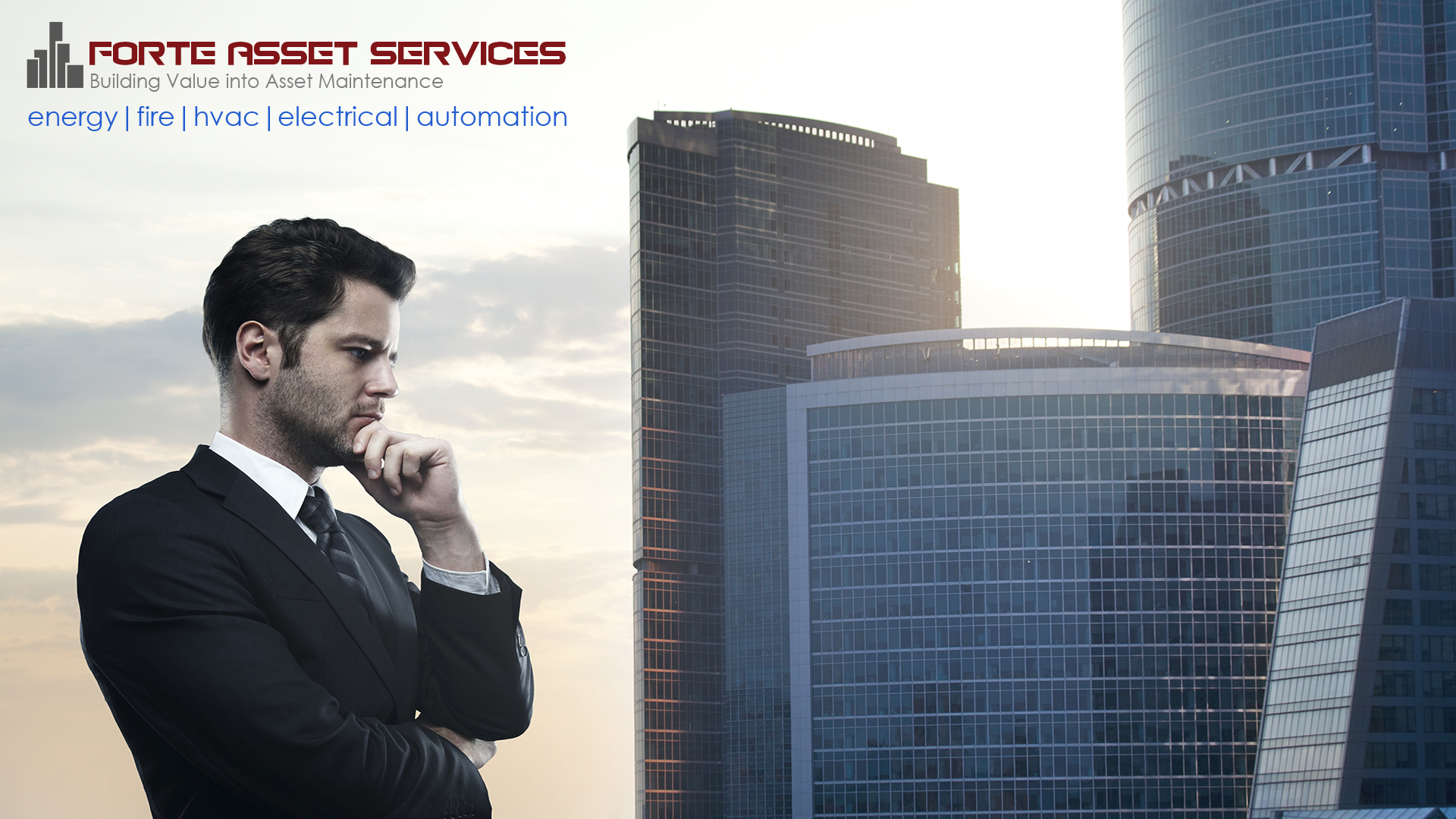
Greater Market Place Opportunity
Facilities and Property Managers are faced with managing, understanding, and operating a greater volume of

technology in their buildings, as the pressure increases for individual buildings to outperform their competition with improved sustainability. Cost effective Energy Managemenet Integration is fundmental to a competitive offering in the commercial market.
Competitors are striving for that edge which will garnish a higher rent or a “blue chip” tenant.
Will Energy Management integration mean more technology and more systems, with more computers in the building manager’s office? And more maintenance and upgrade costs in the long term?
Greater Diversity of Technology
There is a greater number of vendors with a greater number of systems.
There is a far more competitive marketplace which ensures greater value for your dollar, and a greater range of compatibility, open protocols and open systems. Technology manufactures develop easier methods for energy management integration with building management systems to deliver meaningful results for the various systems and disciplines in the building.
The Cost of Effective Energy Management Integration
Energy Management Integration is not an expensive task and is the key to optimising existing and future technology in your building. Your Return On Investment needs to be within twelve months for optimum viability.
The five year dead line, is too long, the landlord may sell the building, the economy may change and commercial real estate market definitely will change within a five year term.

Define Tangible Results
To define results as reducing manual data handling and making building management easier, effective and more proactive.
The return on investment is more than the energy bills reduction in cost, is the entire expenditure ledger, such as building management, wear and tear of major equipment, and benefits for tenants which improve retention
The key word here is ‘effective’.
Integration completed effectively and in consultation with the facilities manager can save time, money and a lot of stress over the long term.
Energy Management Integration is only limited by our imagination in solving problems. To demonstrate, consider these few examples (all of these are considered for existing operational buildings).
The Easiest Method for Energy Management Integration.
Any Commercial Building, being of a reasonable size, will have a control system. Extending this existing system to include monitoring and control points with Energy management control diversity in the programming, will be the easiest and most logical method.

Consider the other external opportunities to create energy management strategies over and above the existing control.
Extend your Thinking for a Greater Return on Investment
A typical commercial Building will have a Building Management System installed to serve the HVAC mechanical services system. Consider other opportunities in your thinking:
- Creating small lighting zones and individually controlling these
- Occupancy sensors “flagging” the BMS to control the air conditioning as well as the lighting zone
- Internal light sensors to “harvest” natural light by turning off lighting zones when natural light is available
- Lighting in fire stairs can be reduced in intensity and controlled
- Lighting in car parks can be re-zoned with Sensors communicating with the BMS to chase pedestrians and cars
- Elevators can be signalled to “reduce service” based upon time as well as the number of people the occupancy sensors count
- Roller doors can remain in the open position for lengthier periods at Peak times
Equipment Integration for Future Energy Management
Firstly, we need to identify potential savings via high energy consuming equipment. An energy audit , level 1 will assist with this.
Secondly, we need to measure the energy being consumed.
Thirdly, we need to identify and control the relevant equipment to switch the energy consuming equipment off or at least reduce it’s “load”.
Last, we need to measure, and trend log the energy post the changes.
The Commercial Property Landlord
Don’t forget the Landlord.
We still need to keep the enegy management integration viable. The Landlord needs a return on investment. There is no point measuring energy consumption and doing little or nothing with the outcome.
There are three main opportunities to think about:
- Reducing a cost – energy conservation, plant wear and tear, reducing energy consumption
- Potential to ask tenants or visitors for funds based upon those people receiving a tangible benefit
- Adding value – improving the NABERS assessment, improving the capital value of the property, improving the tenant or visitor experience and thereby improving tenant retention.


